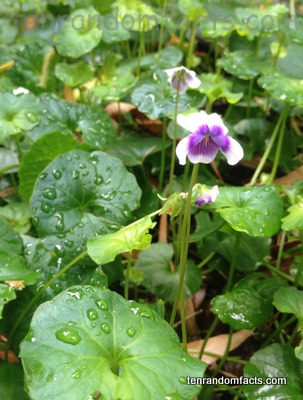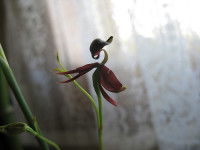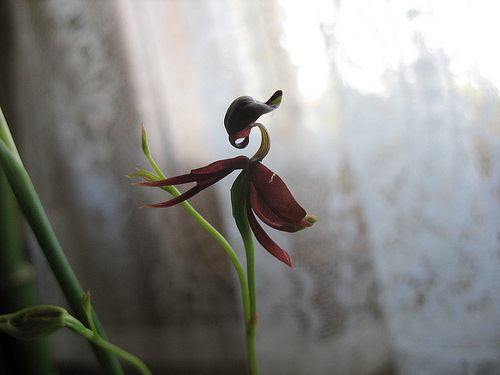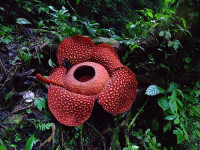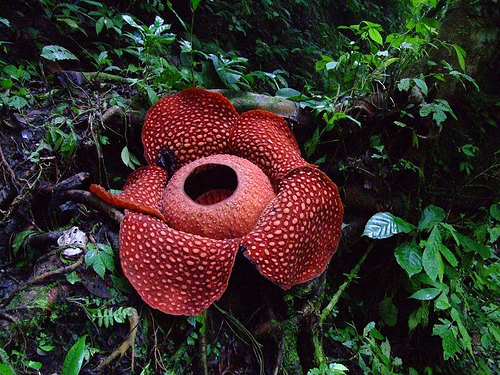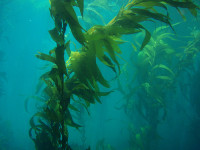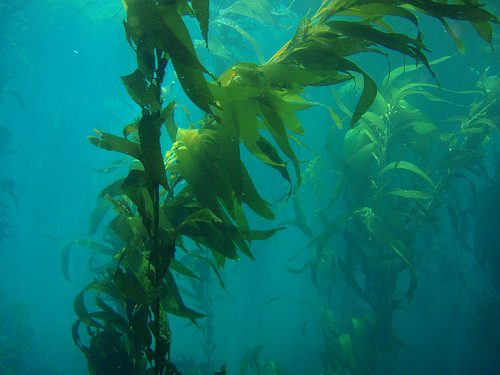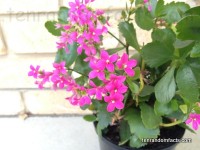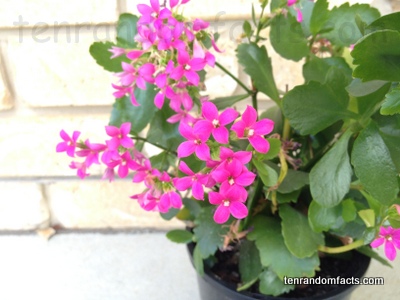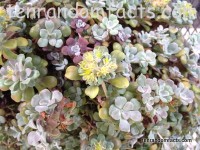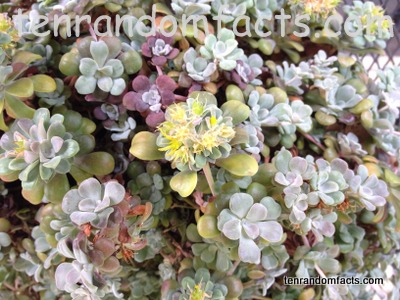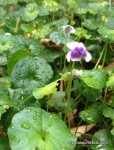
Even Australia gets their very own Australian native violets.
- Australian native violets are small, perennial flowering plants, native to mostly eastern areas of Australia.
- ‘Australian native violets’ are also known as ‘native violets’, ‘ivy-leaved violets’ and ‘Australian tufted violets’.
- The scientific name of an Australian native violet is Viola hederacea, from the Violaceae family, the family of pansies and violets.
- The flower of Australian native violets is a combination of purple and white in colour, and it generally sits above the plant on a thin stalk.
- Australian native violet plants reach a height of 10 to 15 centimetres (4 to 6 inches) and grow approximately 30 cm (12 inches) in diameter.
- The blooms of Australian native violets are roughly 1 to 2 centimetres (0.4 to 0.8 inches) in diameter, while the leaves are 0.5 to 3 centimetres (0.2 to 1.2 inches) across, and are shaped as a semi-circle or like a kidney.
- Australian native violets bloom mostly during summer and spring months, and the flowers are edible and are sometimes used in salads.
- Australian native violets can be grown in gardens or in pots, and they grow in shade, partial shade or sunny areas, and prefer moist soil.
- Australian native violets are commonly used ornamentally, in hanging baskets, as a ground cover, and can also be used as an alternative lawn, although it is less popular plant than some other violet species, as the flowers are somewhat pale in colour compared to others.
- Australian native violets grow in clumps that can be readily divided, and they tend to spread via runners, that new plants are formed from.
Bibliography:
Australian Native Violet – Plant of the Week, n.d, Burke’s Backyard, http://www.burkesbackyard.com.au/fact-sheets/in-the-garden/flowering-plants-shrubs/australian-native-violet-plant-of-the-week
Viola Hederacea, 2015, Wikipedia, https://en.wikipedia.org/wiki/Viola_hederacea
Viola Hederacea, 2016, Gardens Online, http://www.gardensonline.com.au/GardenShed/PlantFinder/Show_1052.aspx
Viola Hederacea, n.d, Australian Tropical Rainforest Plants, http://keys.trin.org.au/key-server/data/0e0f0504-0103-430d-8004-060d07080d04/media/Html/taxon/Viola_hederacea.htm
Viola hederacea Labill., n.d, PlantNET, http://plantnet.rbgsyd.nsw.gov.au/cgi-bin/NSWfl.pl?page=nswfl&lvl=sp&name=Viola~hederacea



